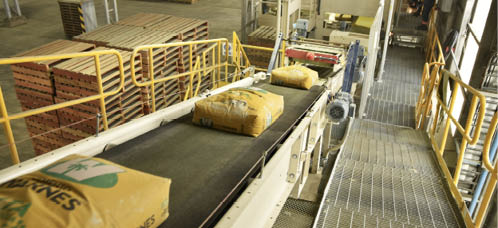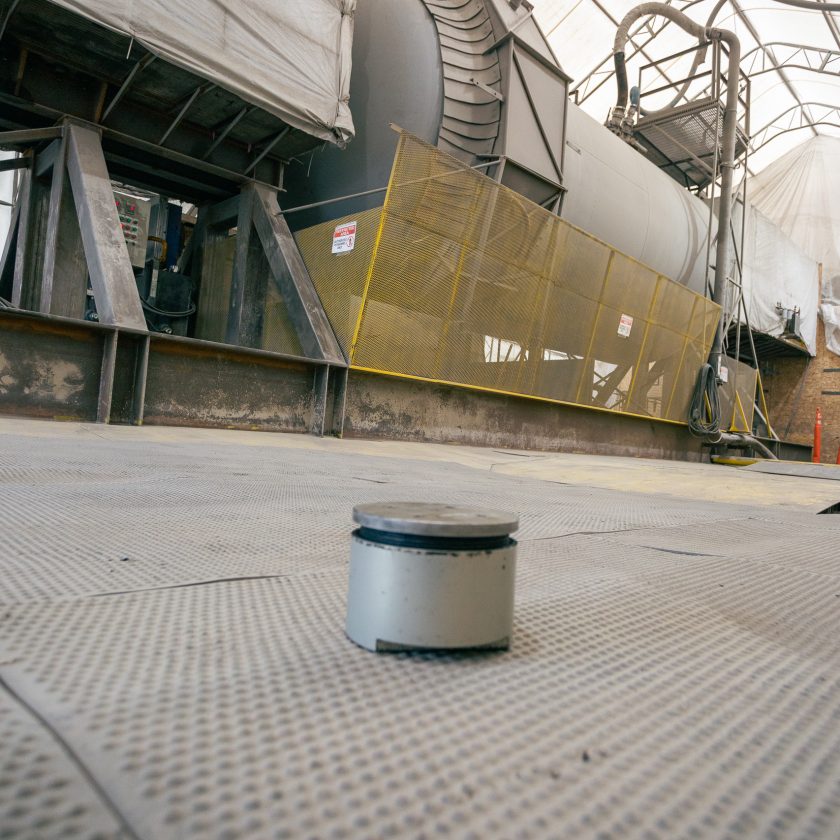By Mauro Nogarin

The political instability that was experienced in 2020 created a very negative impact on the Bolivian economy that, added to the effects of the pandemic, significantly slowed down all those industrial activities vital for the country’s development. The entire productive sector such as the hydrocarbon, mining and construction industries suffered considerable losses.
Only in October, when new political elections were held, did the South American country begin to gradually reactivate the state-owned hydrocarbon and mining companies, accompanied by the elimination of some restrictions due to COVID-19.
Nearly 10 months after the inauguration of Bolivia’s new president, Luis Arce, the Economic Commission for Latin America (ECLA) has raised the region’s economic growth for 2021 from December’s estimate of 3.7% to 5.2%.
Accumulated Growth
According to the Global Index of Economic Activity (IGAE), published by the National Institute of Statistics (INE), between January and April 2021, the construction industry registered an accumulated growth of 18% in relation to the same period of 2020, thus ranking as the second sector with the highest growth after the mining sector (34%).
Undoubtedly, the investments made by the Ministry of Public Works helped to reactivate the consumption of cement. The ministry confirmed that from November 2020 to June 2021, 300 road projects throughout the country were reactivated, of which 140 were for construction of roads and 145 for conservation in infrastructure works. Projects were reactivated with a public investment of US$270 million.
Cement
Cement production between January and October 2020 declined 24% compared to the same period in 2019, according to data from the INE. During 2019, the country reached an unprecedented production of 3.95 million tons of cement, a goal that was forecast to have been exceeded in 2020, if not for the pandemic.
Although cement production in terms of volume in the last two months of 2020 was impossible to reach those of 2019, in the first four months of 2021, the cement industry reached 1,035,527 tons, thus registering an increase of 29.7% compared to the same period of the prior year.
Last year not only did cement production fall in the country, but also sales and consumption fell by approximately 29%.
After the country entered a lockdown in March 2020, it was only in September that cement companies began to show positive figures, even exceeding 100% of scheduled monthly sales. This trend only lasted through November; in December, sales declined again, due to the rainy season as well as the lack of construction steel, which is mainly imported from Brazil and Peru.
Prices
According to the indicators prepared by the INE, the average price of portland cement in 50-kg bags in 2020 registered a considerable decrease, reaching $6 in the month of December. However, with the reactivation of construction activities in the first months of 2021, the price rose slightly until stabilizing at $6.50 per 50-kg bag at the end of the second quarter of 2021.
Regarding investments in the cement industry, the reactivation of the new Oruro state plant stands out, inaugurated in August 2019 and then paralyzed since October 2020 due to the political crisis. As of April, after a new investment for repair work, state company ECEBOL confirmed that the plant will produce 573,000 tons of cement this year.
The second investment that stands out this year in Bolivia is the modernization of the Warnes plant, located in the Santa Cruz region, through the private company Soboce, with an investment of $32 million.
The investment consists of the installation of a new grinding system with a vertical mill from the German company Pfeiffer, an automatic bagging and palletizing dispatch system from the Claudius Peters company, a new system for feeding, transporting and storing raw materials, and the construction of the new electrical substation for the plant.
Mauro Nogarin is Cement Americas’ Latin American contributor.



